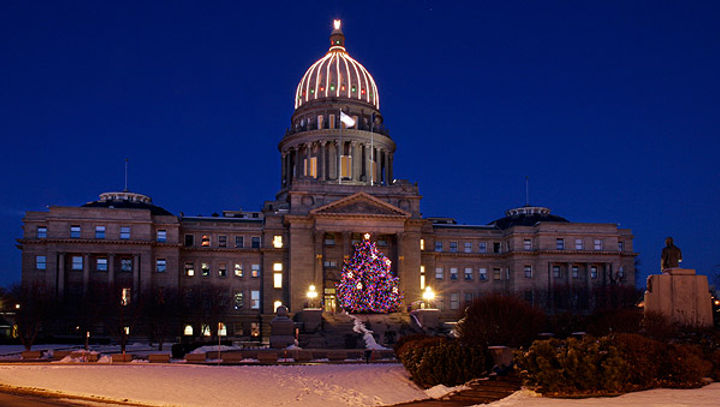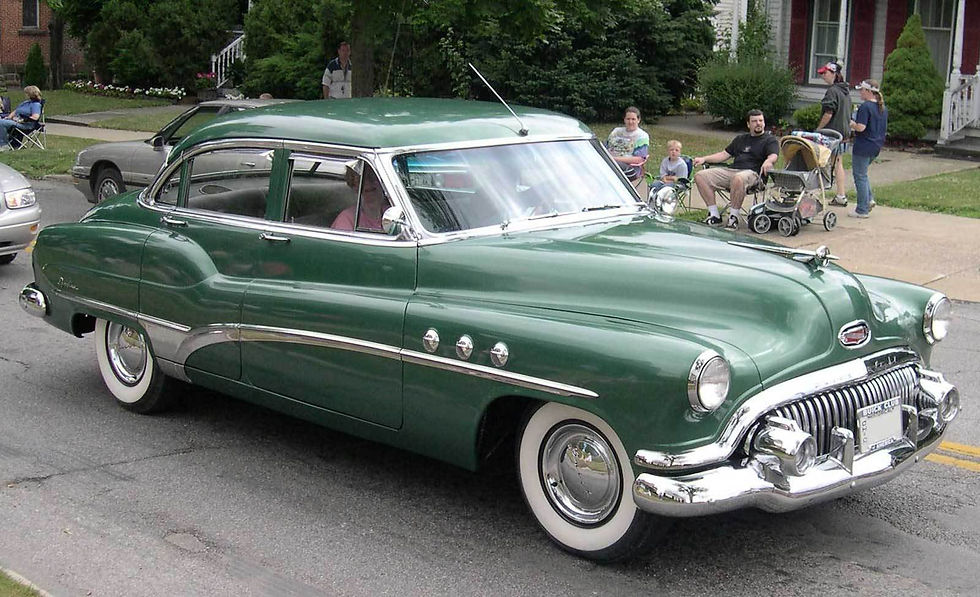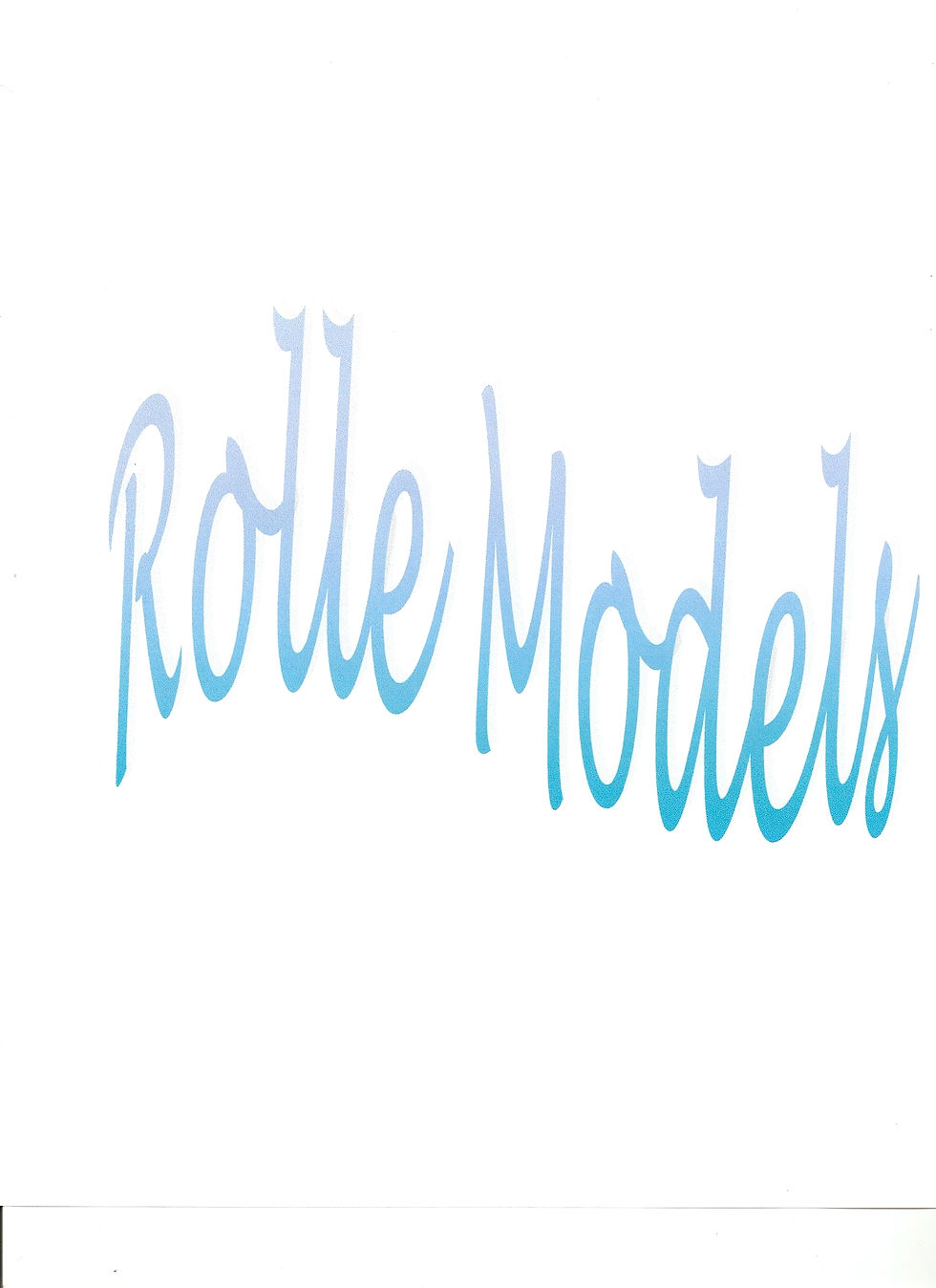
Crossroads Media Network
London
Tokyo
New York

Describe your image here

Describe your image here

Describe your image here








 |  |  |
|---|---|---|
Grocery Stores
Restaurants
Looking for Automobiles?
Idaho Department of Agriculture
C. L. “BUTCH” OTTER Governor Celia R. gould Director FOR IMMEDIATE RELEASE Contact: Paul Castrovillo 208-332-8627 or March 26, 2015 208-332-8500 ISDA gearing up for third season of treatment for Japanese Beetle in Ada County Boise, ID – The Idaho State Department of Agriculture (ISDA) will begin its third year of the Ada County Japanese Beetle (JB) eradication program with the first treatments scheduled for mid-May. Like last year, the treatments will be ground applications of a granular insecticide on lawns in areas where JB have been found. The pesticide targets young beetle larvae (grubs) living in the soil and feeding on grass roots. Only turf will be treated – nothing will be applied to vegetable or flower gardens, bushes or trees. In preparation for these treatments, letters will be mailed this month from ISDA to all residents or owners of property in the affected areas, primarily northeastern Boise between Third Street and Quarry View Park, a small area south of Elm Grove Park and a neighborhood off of West State Street. These letters seek “Consent to Treat” areas with grass that may be harboring JB. Please watch for a letter from ISDA and if you receive one please respond as quickly as possible. This year you may return your consent form using an enclosed postage-paid envelope or go to the ISDA website and respond electronically you prefer. Areas selected for treatment were chosen based on data from JB monitor traps set up throughout the state. The yellow and green plastic traps attract and capture JB and are completely non-toxic. Beetles captured in the traps confirm that a population is present, and the number of beetles indicates the severity of the infestation. In Boise, after 20 years with no JB ever being caught, traps set out in 2012 captured 56 beetles. That number skyrocketed to 3,058 beetles in 2013, and that year the eradication program began. Because of the treatments JB numbers dropped to 1,238 in 2014. Where JB were captured last year has been designated the treatment zone for this spring/summer, with the intention of decreasing the JB population further and the eventual goal being JB eradication. Japanese Beetle (Popillia japonica) was first introduced to the United States in 1916 in plants imported from Japan. Since then it has spread to nearly every state in the eastern half of the contiguous United States. The insect is approximately ½-inch long, a shiny metallic green with copper-brown wing covers and white spots along each side of its body. Adult JB feed on over 300 kinds of plants, including rose bushes, fruit trees and many garden and field crops leaving holes, skeletonized leaves and dead plants. The larvae, or grubs, live beneath the soil surface and do even more damage by feeding on roots of grass and destroying lawns, golf courses, parks and similar areas. JB are considered one of the most aggressive invasive insect pests in the United States. If outbreaks are not treated they reproduce and spread to new areas at a phenomenal rate, and their presence results in large negative economic impacts as well as environmental degradation due to massive damage to local vegetation and outcompeting native wildlife. For more information about the Japanese Beetle, planned treatment areas, or if you think you have collected a specimen visit http://www.agri.idaho.gov/Categories/PlantsInsects/RegulatedAndInvasiveInsects/InsectJapanesebeetl eproject.php or contact Paul Castrovillo at 208-332-8627 or Paul.Castrovillo@agri.idaho.gov.
Advertising Rates
Instructions:
Choose which module(s) you want your Ad/Picture placed.
Email the picture(s) with the Paypal receipt number in the
“Subject” row.
Place any additional wording you want with your Ad/Picture in
the “Message” area of your email.

